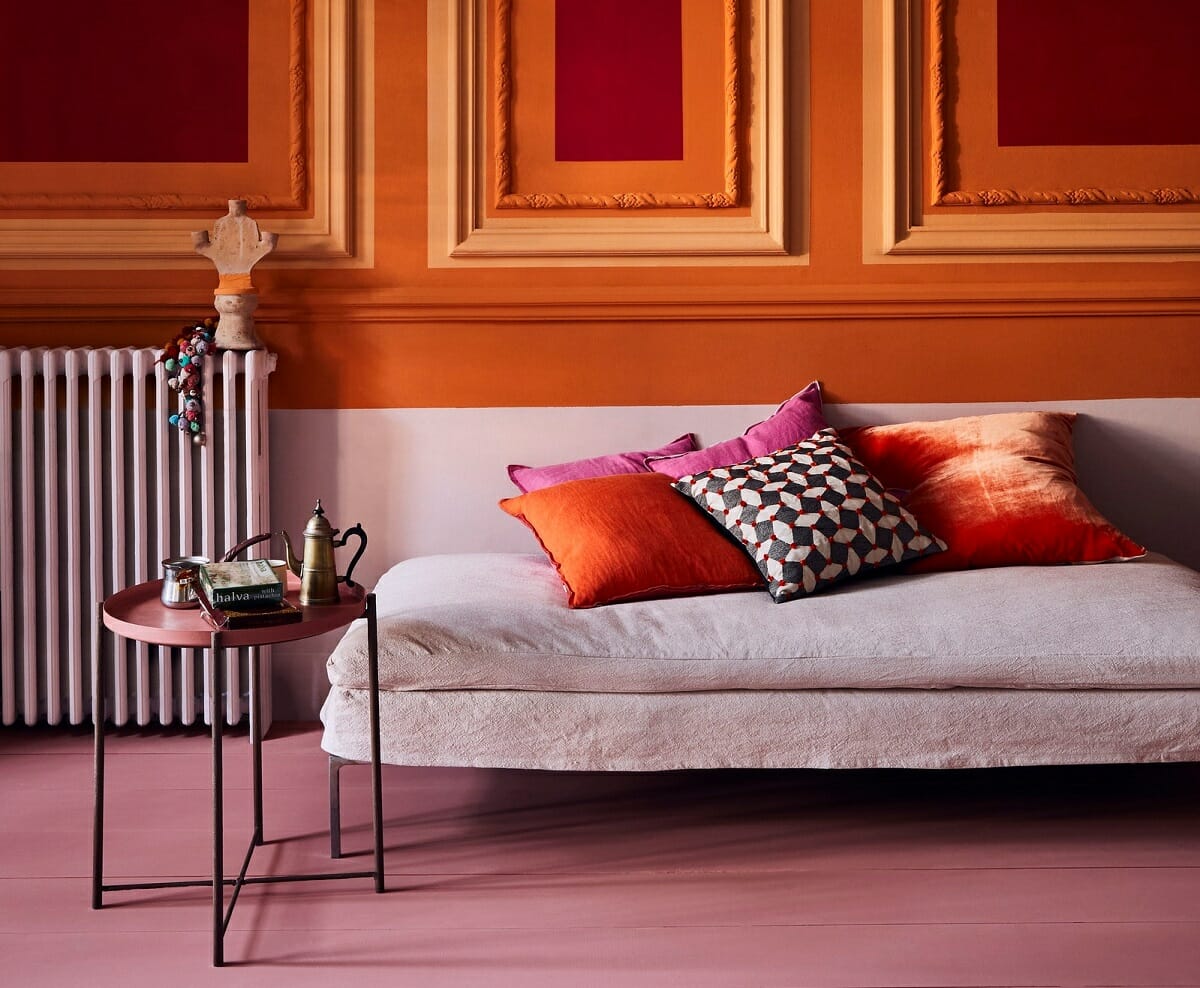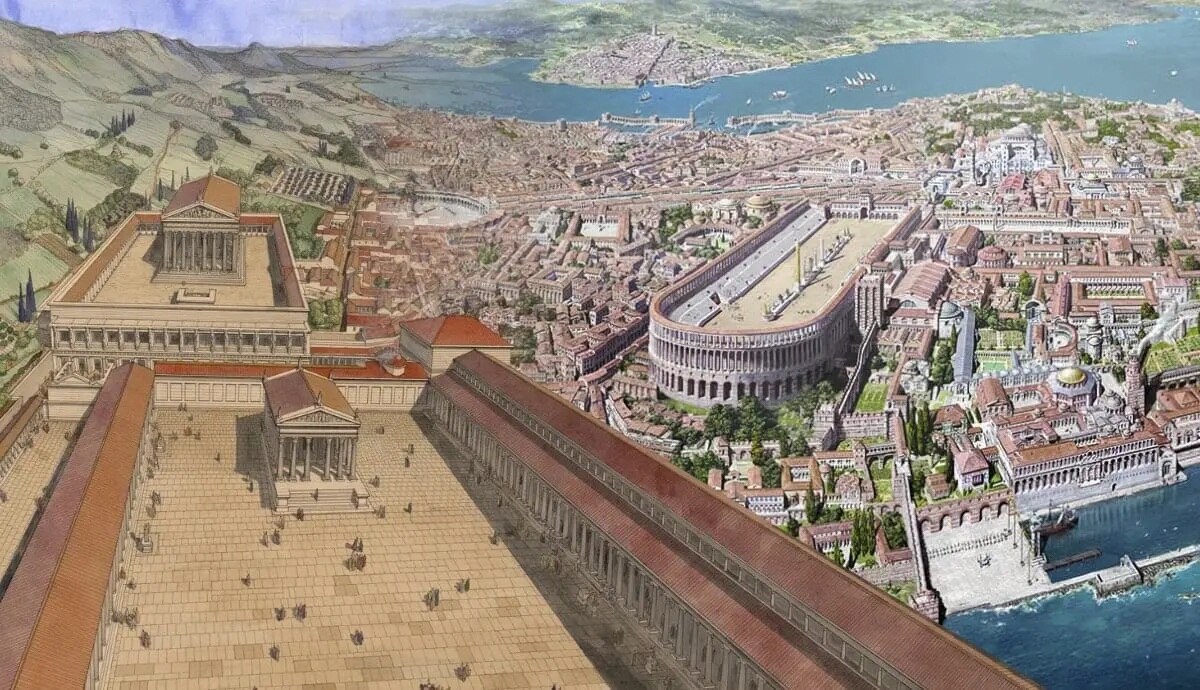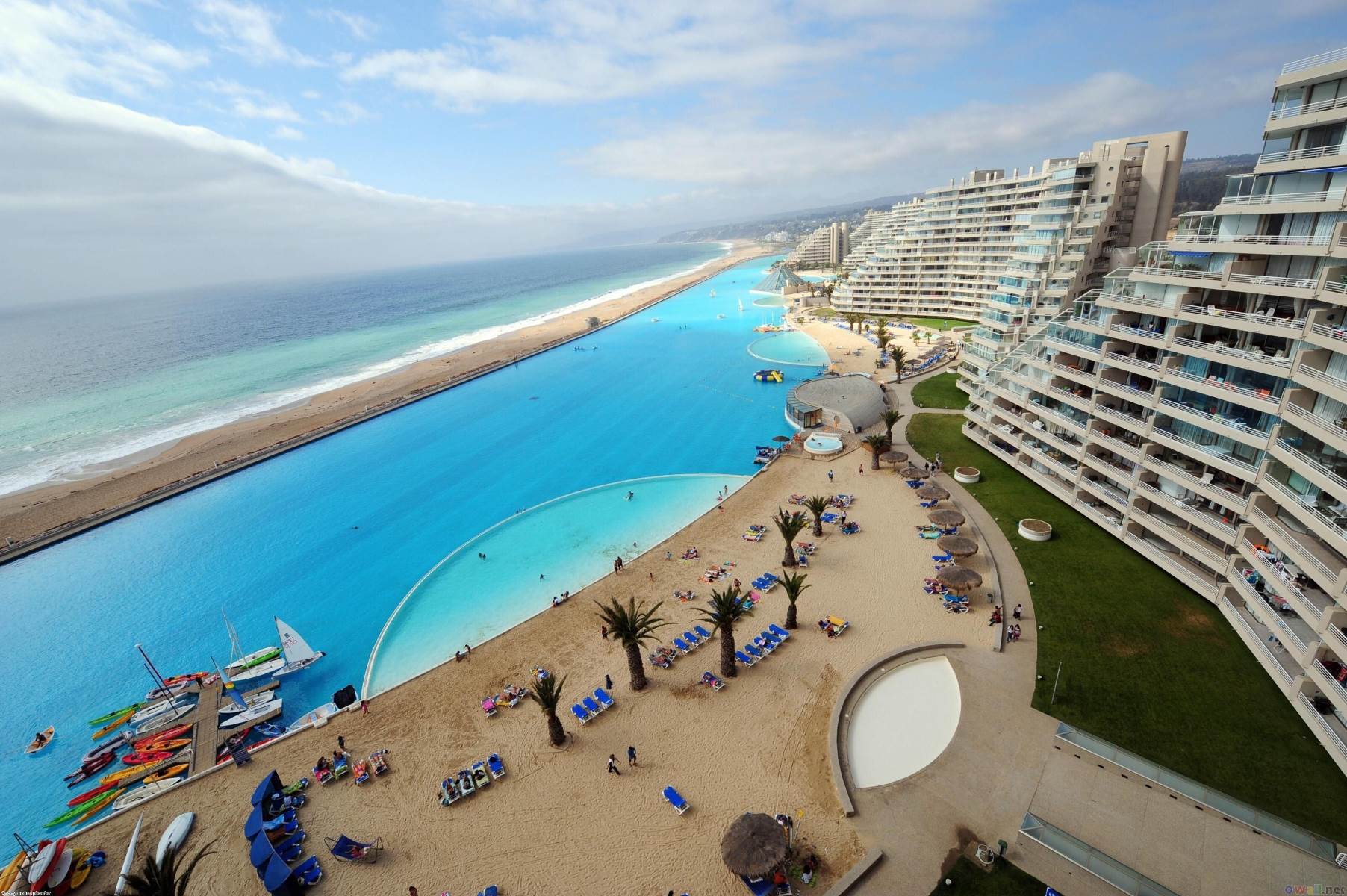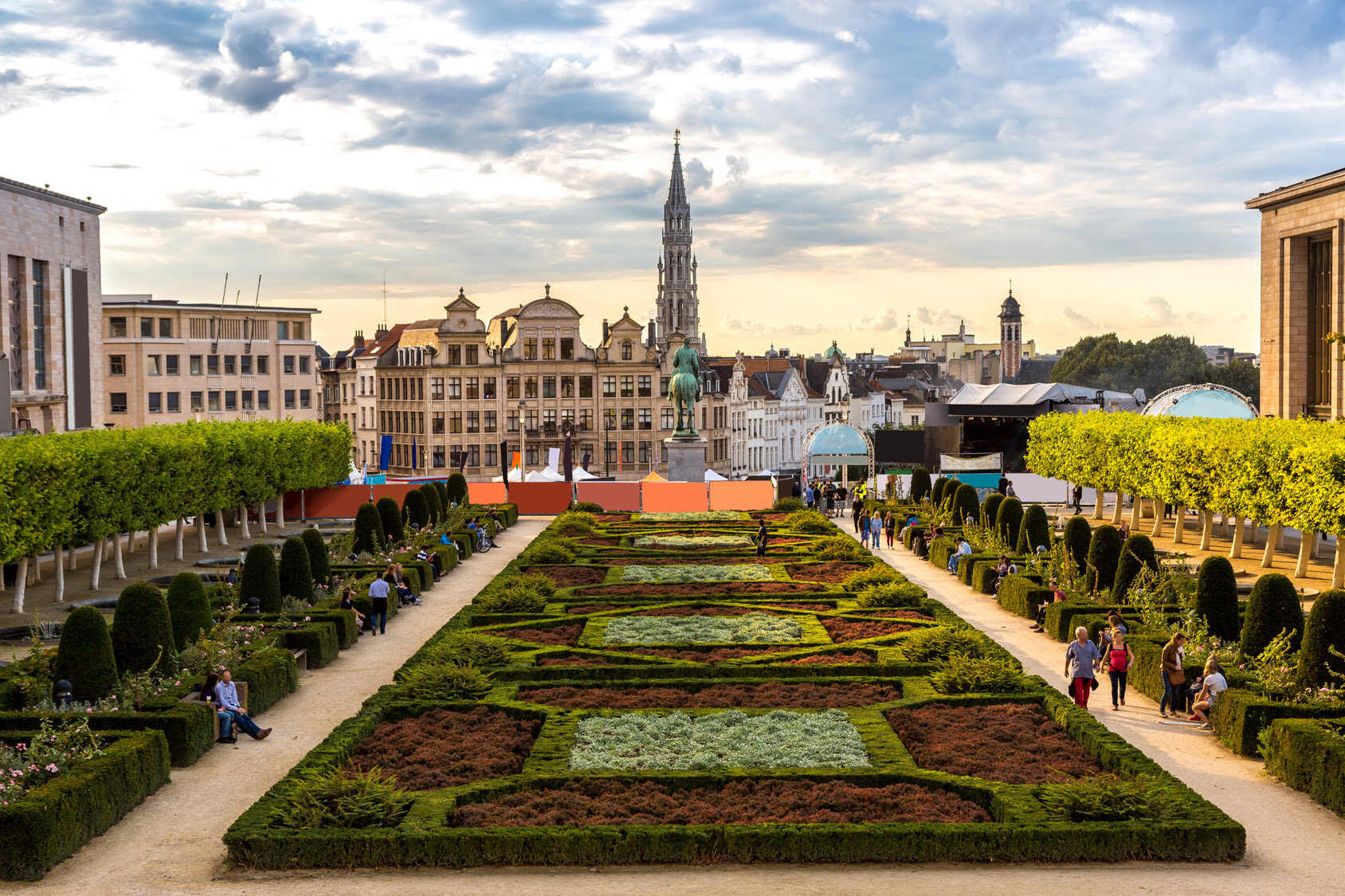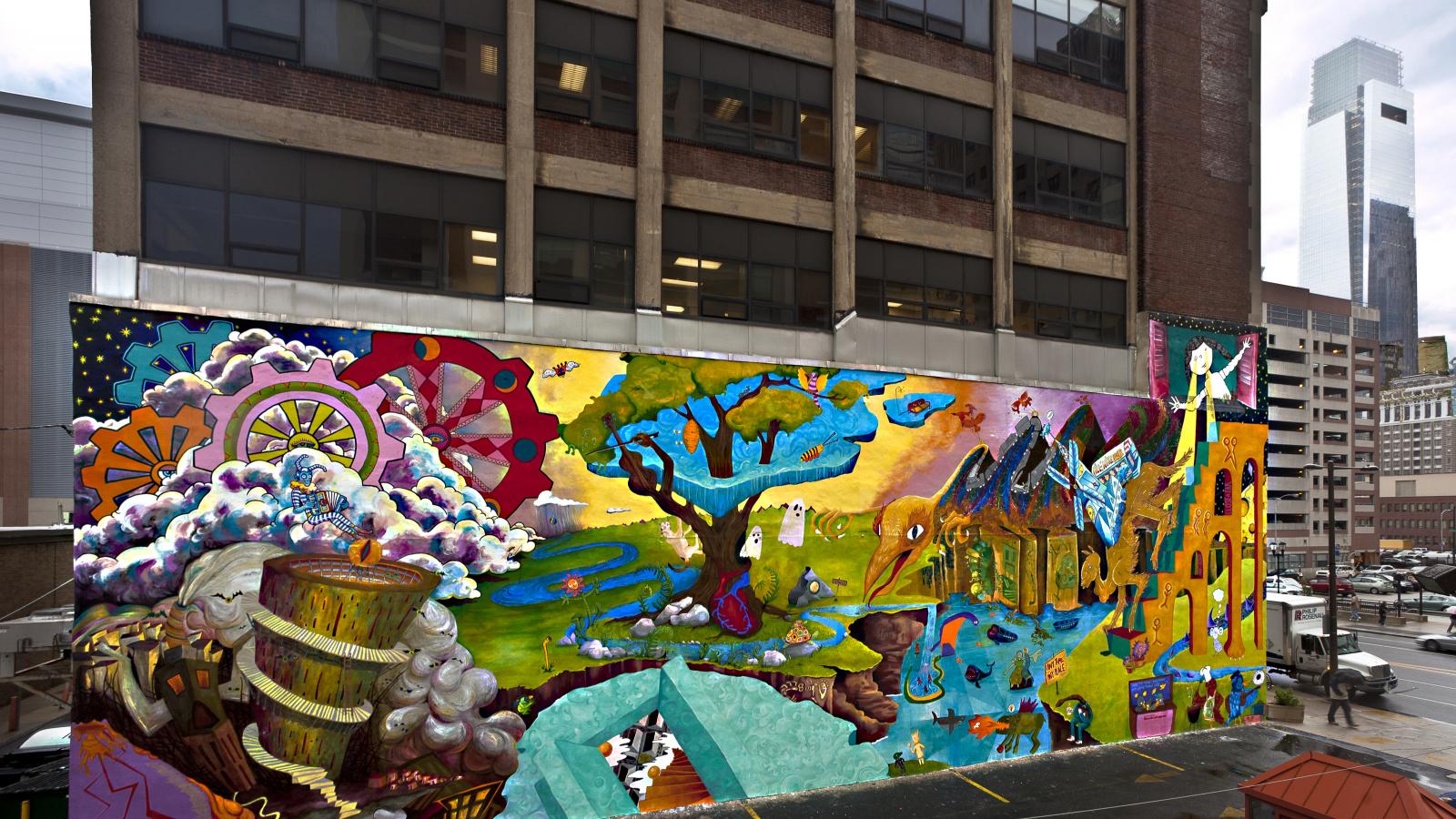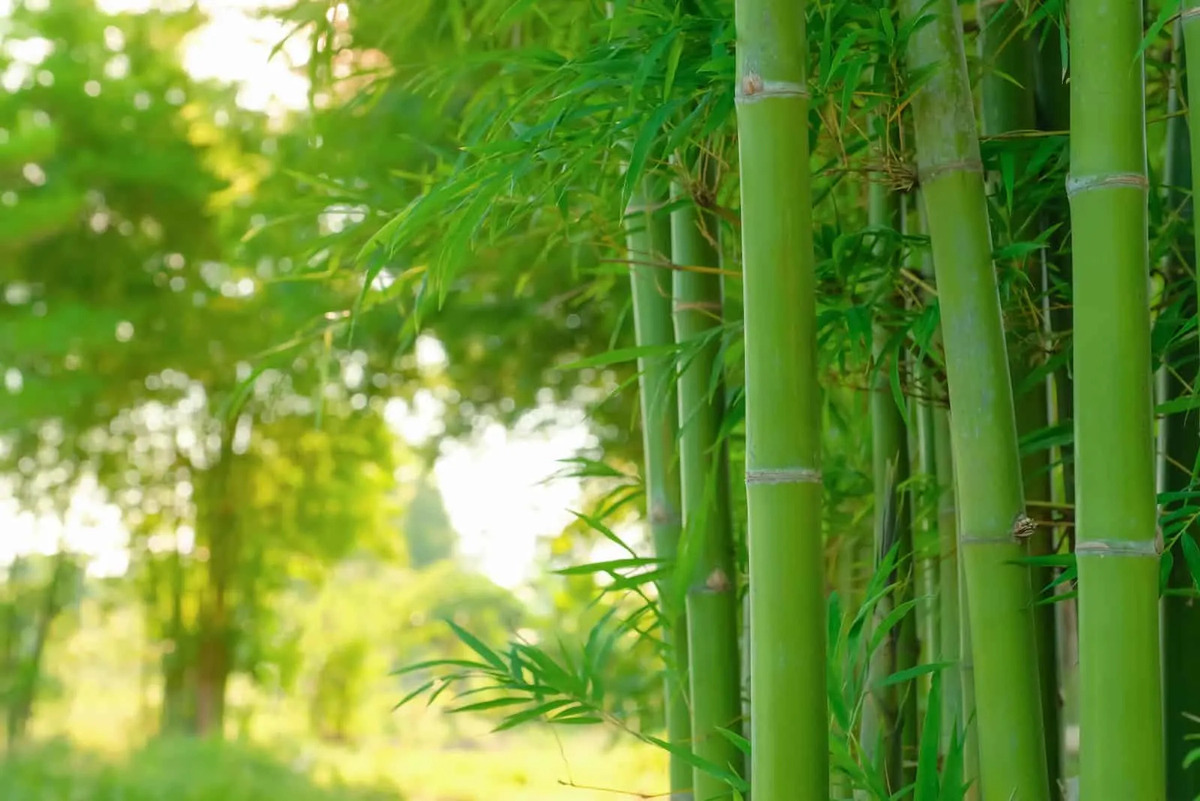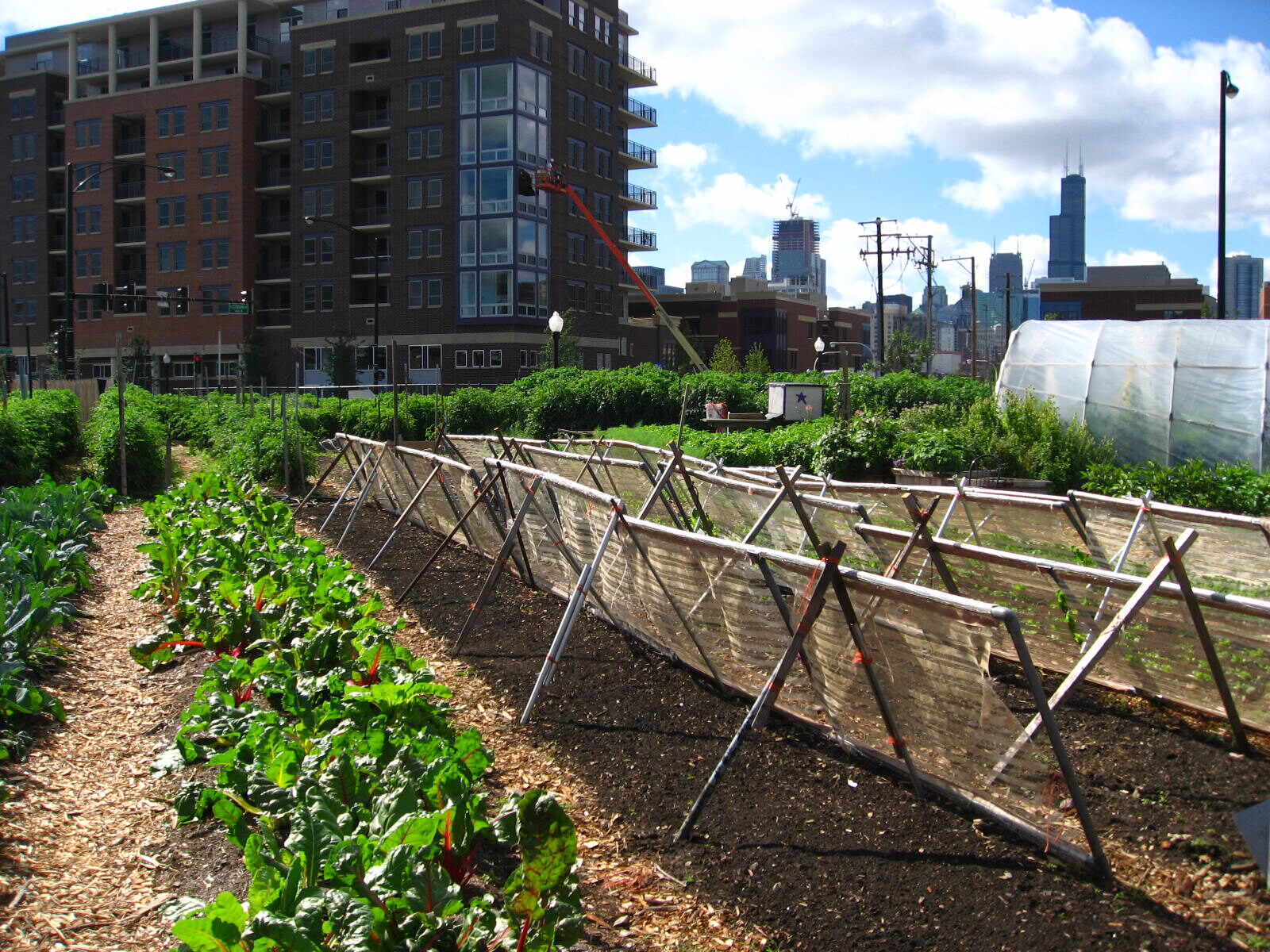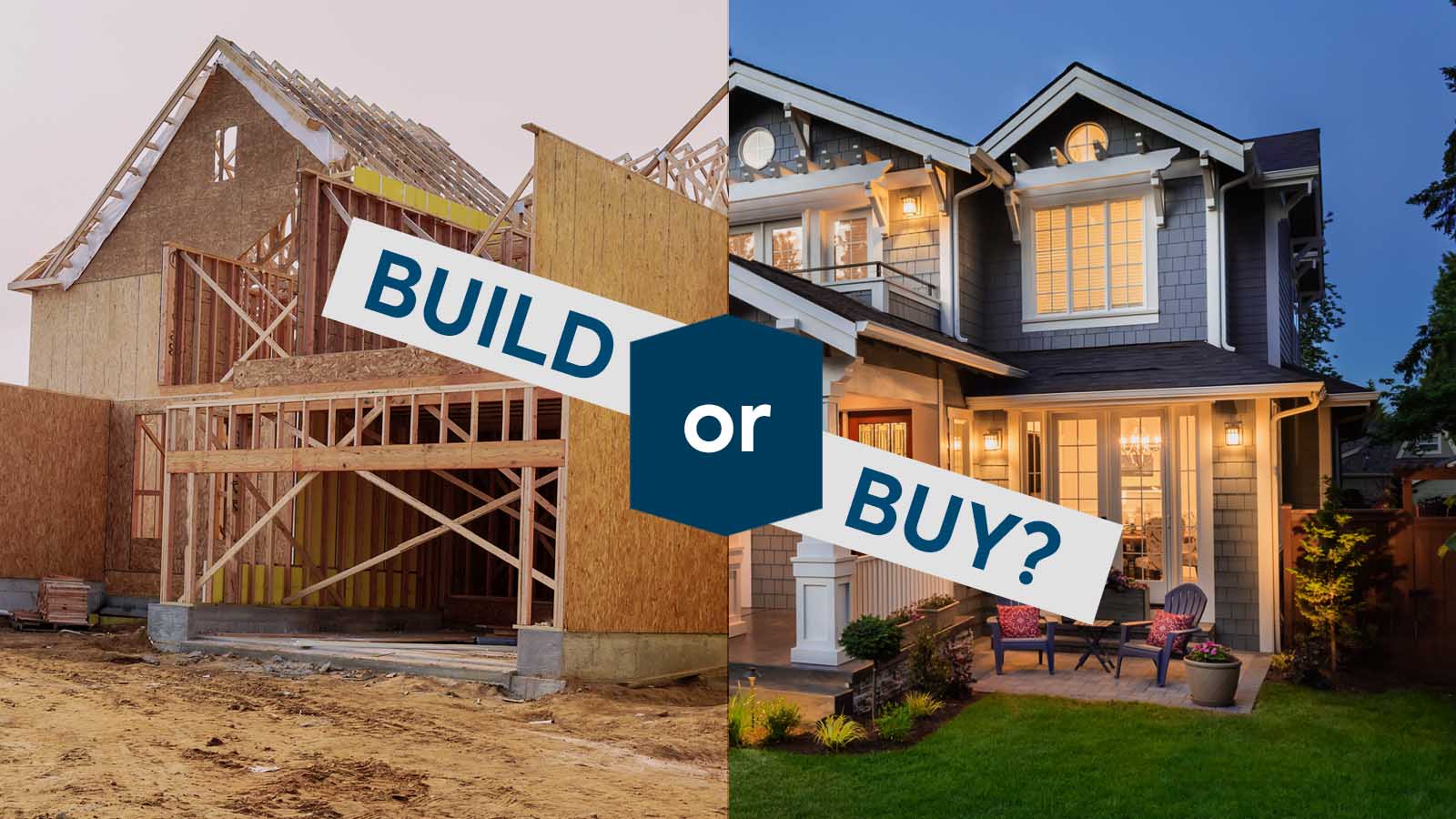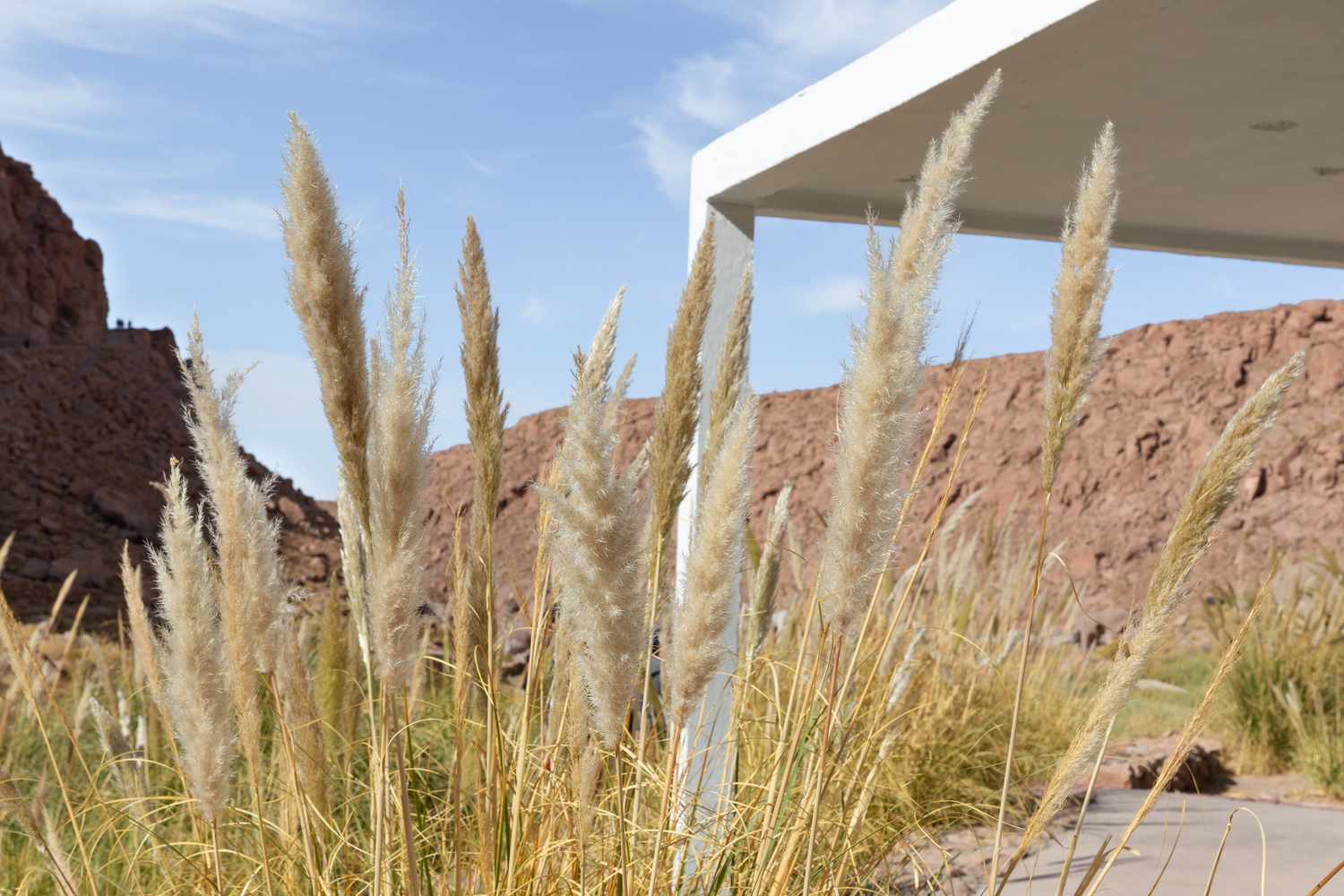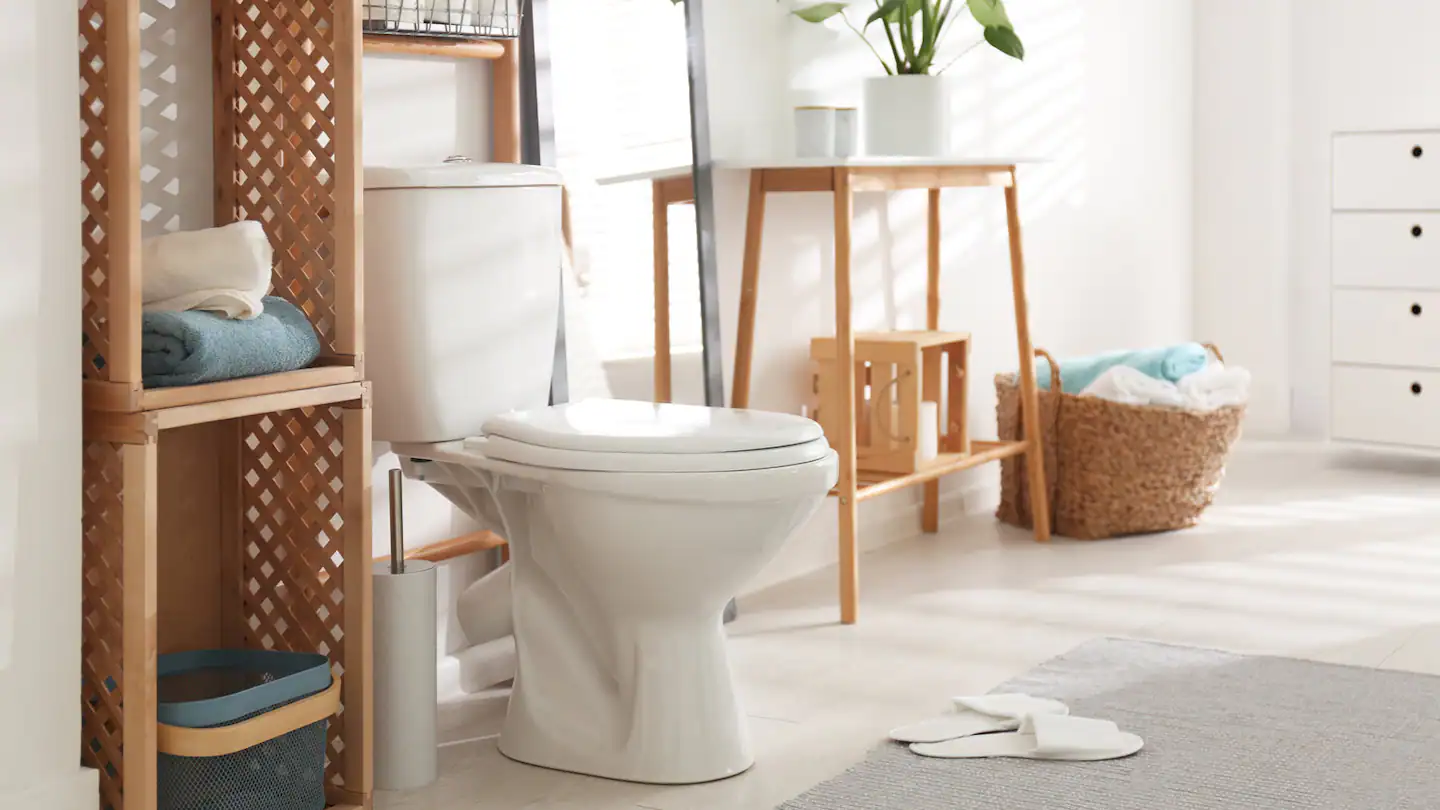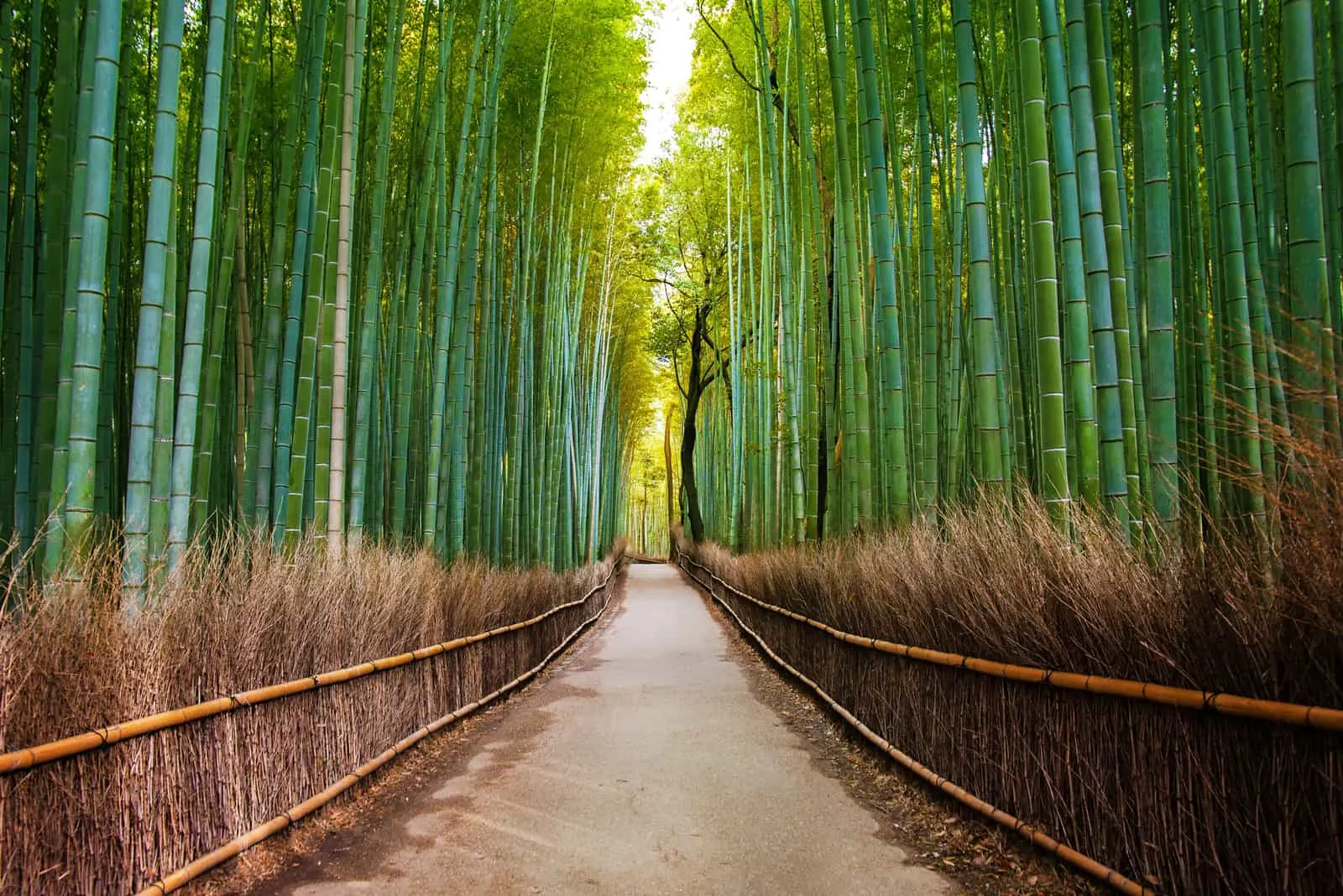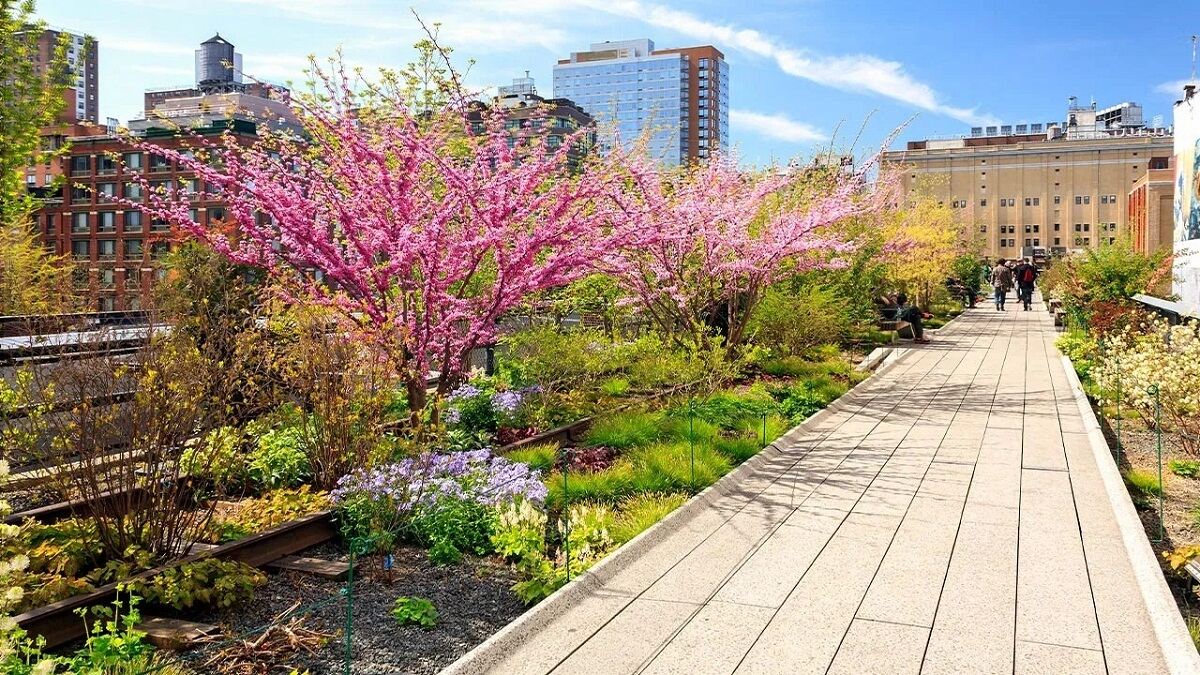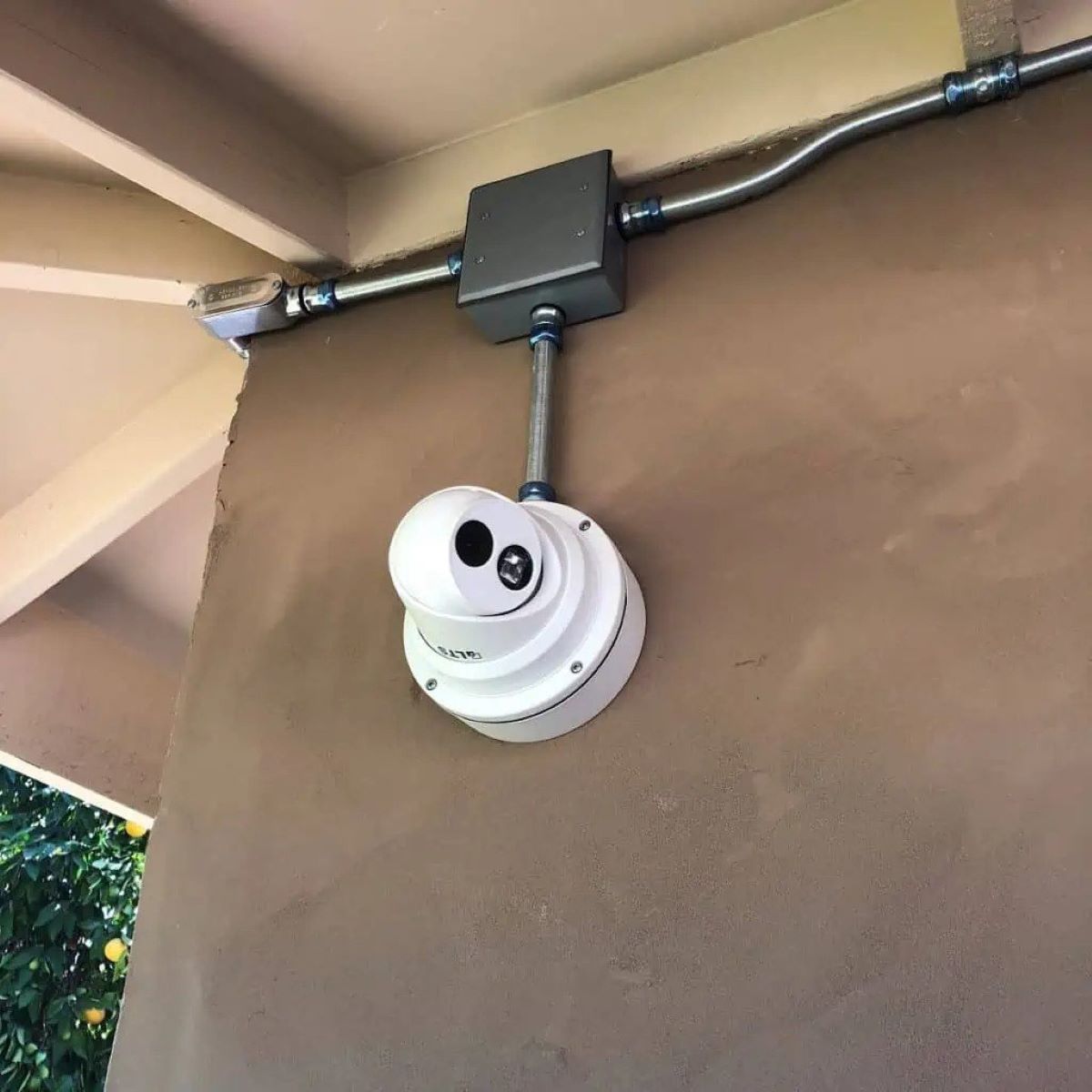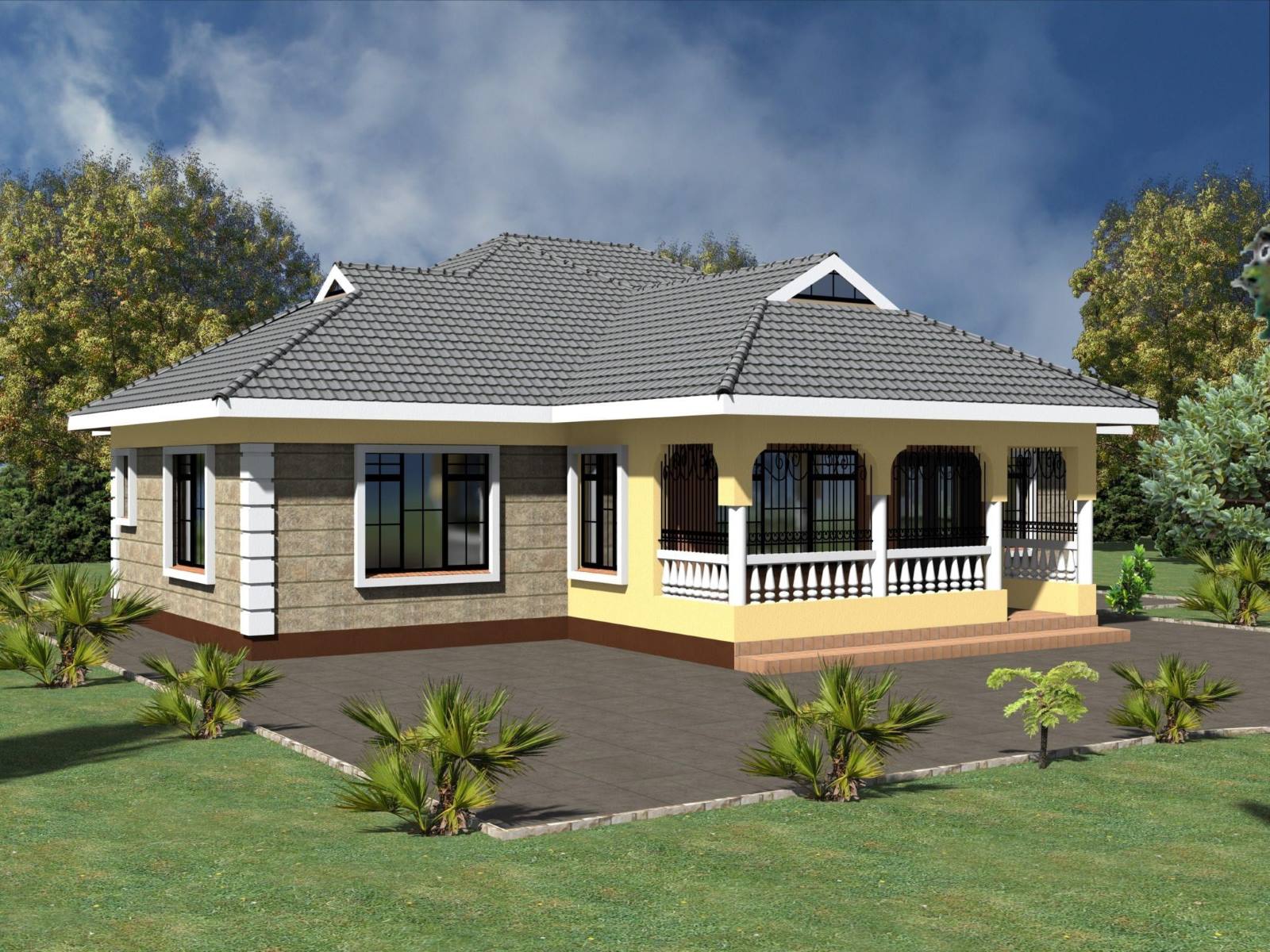Home>diy>Building & Construction>Which City Is Home To Burj Khalifa, The World’s Tallest Building
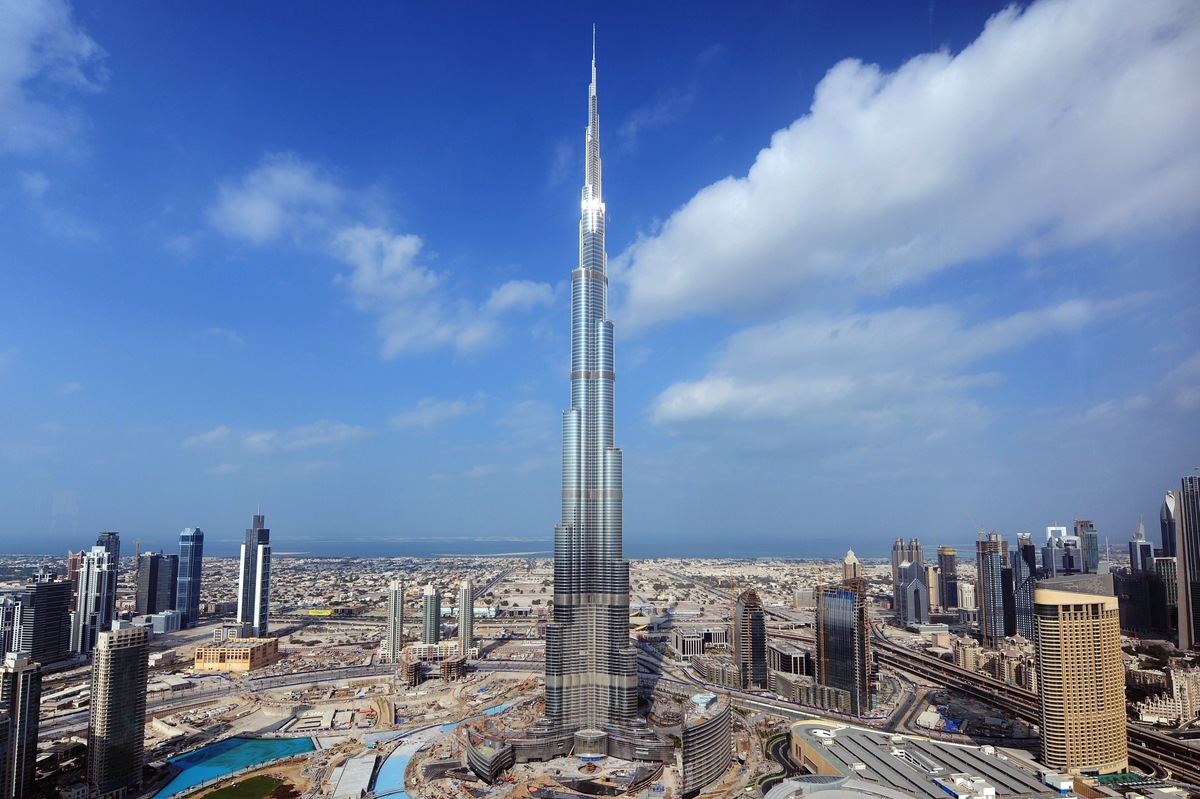

Building & Construction
Which City Is Home To Burj Khalifa, The World’s Tallest Building
Published: December 10, 2023
Discover the iconic Burj Khalifa, the world's tallest building, located in the vibrant city of Dubai. Immerse yourself in the architectural marvel of modern building construction.
(Many of the links in this article redirect to a specific reviewed product. Your purchase of these products through affiliate links helps to generate commission for Storables.com, at no extra cost. Learn more)
Introduction
Welcome to the exciting world of skyscrapers, where engineering marvels reach for the sky and redefine our perception of what is possible. In this article, we will explore the architectural masterpiece that is Burj Khalifa, the tallest building in the world.
Located in the vibrant city of Dubai in the United Arab Emirates, Burj Khalifa stands as a testament to human ingenuity and ambition. Rising gracefully above the cityscape, it is an iconic symbol of modern architecture and a reflection of Dubai’s rapid development.
The construction of Burj Khalifa began in 2004 and was completed in 2010, taking a staggering six years to finish. Designed by renowned architect Adrian Smith, in collaboration with the Chicago-based firm SOM, the building was inspired by Islamic architecture and pays homage to the region’s rich history.
Standing at a height of 828 meters (2,717 feet), Burj Khalifa surpasses any existing skyscraper on the planet. Its sleek, tapering design evokes the image of a shimmering silver needle piercing the clouds, making it an awe-inspiring sight to behold.
But Burj Khalifa is not just about its vertical height. The building is a true architectural marvel, incorporating advanced technology and innovative engineering solutions. Its design allows for optimal space utilization while ensuring structural stability and safety.
The exterior of Burj Khalifa is adorned with a gleaming glass curtain wall, which not only enhances its visual appeal but also provides insulation and reduces heat penetration. This sustainable design approach contributes to energy efficiency and lowers the building’s environmental impact.
At the heart of Burj Khalifa lies an intricate network of reinforced concrete and steel, carefully designed to withstand the forces of nature. The building’s foundation extends deep into the ground, providing a solid base to support its immense weight and prevent movement or subsidence.
As we continue our exploration, we will dive deeper into the features of Burj Khalifa, the construction process that brought it to life, and the impact it has had on the city of Dubai.
So, buckle up as we embark on a journey to discover the marvels and wonders of Burj Khalifa, a building that has propelled Dubai into the global spotlight and forever changed the skyline of the city.
Key Takeaways:
- Burj Khalifa, the world’s tallest building, is a stunning fusion of traditional Islamic architecture and modern engineering. Its impact on Dubai’s skyline and global recognition as an architectural marvel is unparalleled.
- Visiting Burj Khalifa offers a once-in-a-lifetime experience, providing breathtaking views and a glimpse into the pinnacle of architectural achievement. The surrounding area complements the iconic tower, creating a vibrant and dynamic neighborhood for visitors to explore.
The Architecture of Burj Khalifa
When it comes to architectural grandeur, Burj Khalifa stands in a league of its own. Its design not only captures the imagination but also pushes the boundaries of what is possible in the world of architecture.
The architectural concept of Burj Khalifa draws inspiration from traditional Islamic art and design, with its graceful shape resembling the minaret of a mosque. The building is composed of three distinct sections: the central core, the wings, and the spire.
The central core houses the majority of the building’s structural elements and vertical transportation systems. It acts as the backbone, providing stability and support to the soaring structure. This core is made up of high-strength reinforced concrete walls and columns, which ensure the building’s structural integrity.
As we move outward, we encounter the wings of Burj Khalifa. These wings, also known as the buttresses, extend from the central core and are responsible for distributing the structural loads evenly throughout the building. They help counteract the wind forces acting on the tower, enhancing its stability.
One of the defining features of Burj Khalifa is its spire, which crowns the building and adds to its majestic height. The spire is composed of steel sections assembled on-site, which were carefully engineered to withstand the forces of wind and maintain the building’s stability.
The exterior façade of Burj Khalifa is a mesmerizing compilation of glass, aluminum, and stainless steel. The glass panels, meticulously designed and manufactured, offer stunning panoramic views of the city while providing thermal insulation and reducing energy consumption.
The shape of Burj Khalifa is not just about aesthetics; it also serves a functional purpose. The building’s tapering form helps reduce wind turbulence, allowing the structure to withstand high wind speeds. This aerodynamic design minimizes the impact of wind forces and ensures a comfortable environment for the occupants.
The architects and engineers behind Burj Khalifa employed advanced computer modeling and wind tunnel testing to optimize the building’s design. These efforts resulted in a structure that is not only visually striking but also capable of withstanding extreme weather conditions.
Inside the building, the architecture takes inspiration from the elegance and luxury associated with Dubai. The interior spaces are designed to be open, airy, and flooded with natural light. The use of high-quality materials, such as marble and glass, adds a touch of opulence while maintaining a sense of harmony with the external design.
As a true engineering marvel, Burj Khalifa seamlessly merges form and function. Its architectural brilliance stands as a testament to human accomplishment and showcases the limitless possibilities of design in the modern world.
Features of Burj Khalifa
Burj Khalifa is not just a towering skyscraper; it is a masterpiece of engineering and design that is replete with remarkable features. Let’s explore some of the key features that make this architectural marvel so unique and awe-inspiring.
1. Height: Standing at a staggering height of 828 meters (2,717 feet), Burj Khalifa holds the title of the world’s tallest building. Its prominence on the Dubai skyline is truly remarkable, commanding attention from miles away.
2. Observation Decks: Burj Khalifa offers observation decks on the 124th, 125th, and 148th floors, allowing visitors to marvel at the breathtaking views of Dubai’s skyline and beyond. The observation decks provide a perfect vantage point to witness the city’s transformation from a desert oasis to a modern metropolis.
3. Sky-high Elevators: Burj Khalifa boasts some of the fastest elevators in the world, whizzing guests at a speed of 10 meters per second (33 feet per second). These high-speed elevators transport visitors from the ground floor to the observation decks in a matter of seconds, providing a thrilling experience.
4. Iconic Architecture: The design of Burj Khalifa is instantly recognizable and has become an iconic symbol of Dubai. Its sleek, tapering structure resembles a towering needle, exuding a sense of elegance and grandeur. The architectural details, such as the stainless steel spire and the glass curtain wall, contribute to its captivating visual appeal.
5. Armani Hotel: Burj Khalifa is also home to the luxurious Armani Hotel, designed by fashion icon Giorgio Armani. The hotel offers an opulent experience, providing guests with world-class amenities, exquisite cuisine, and breathtaking views of the city.
6. Water Features: At the base of Burj Khalifa, visitors can enjoy the captivating water displays of The Dubai Fountain, one of the world’s largest choreographed fountains. The fountain performances, synchronized with music and lights, create a mesmerizing spectacle for onlookers.
7. Sustainable Design: Burj Khalifa incorporates several sustainable design features to reduce its environmental impact. The use of high-performance glass in the façade helps control solar heat gain, while water-saving fixtures and irrigation systems minimize water consumption. These efforts demonstrate the building’s commitment to sustainability.
8. Sky-high Living: Burj Khalifa is not just a commercial marvel; it also houses luxurious residential apartments. Living in the tower offers residents unparalleled views and access to world-class amenities, including swimming pools, fitness centers, and exclusive lounges.
These are just a few of the many features that make Burj Khalifa a truly exceptional structure. Its architectural splendor, combined with its record-breaking height, innovative design, and captivating features, continue to elevate Dubai as a global destination for architectural marvels and urban development.
The Construction Process
The construction of Burj Khalifa was a monumental undertaking that involved the collaboration of numerous professionals and the use of cutting-edge construction techniques. Let’s take a closer look at the intricate process that brought this iconic building to life.
1. Foundation: The construction of Burj Khalifa commenced with the excavation and construction of its foundation. The building’s foundation is a crucial component, as it provides stability and support for the immense weight of the structure. The foundation consists of a massive reinforced concrete mat, weighing over 110,000 tons.
2. Structural Framework: Once the foundation was in place, the construction team began erecting the structural framework of Burj Khalifa. The building’s central core, made of reinforced concrete, forms the backbone of the tower and provides structural stability. As the tower rose, steel columns and floor slabs were added to support each level.
3. Construction Method: A unique construction method known as the “jump form system” was employed to build Burj Khalifa. This method involved continuously constructing the reinforced concrete core and floors in sections, moving upwards as each section was completed. This allowed construction to progress at a rapid pace and ensured structural integrity.
4. Curtain Wall Installation: The exterior curtain wall, made up of glass, aluminum, and stainless steel, was meticulously installed on the structure. This process involved the use of cranes and specialized equipment to carefully position the glass panels and secure them in place. The curtain wall not only enhances the building’s aesthetics but also provides insulation and reduces energy consumption.
5. MEP Systems: The mechanical, electrical, and plumbing (MEP) systems of Burj Khalifa are highly sophisticated and were integrated throughout the construction process. These systems include the installation of air conditioning, ventilation, electrical wiring, plumbing, and firefighting equipment, ensuring optimal comfort and safety within the building.
6. Interior Finishing: As the exterior construction progressed, the interior spaces of Burj Khalifa started to take shape. Skilled craftsmen meticulously installed high-quality finishes, including marble, wood paneling, and glass, to create a luxurious and visually stunning environment within the building.
7. Testing and Commissioning: Before Burj Khalifa officially opened to the public, extensive testing and commissioning were conducted to ensure the building’s safety and operational efficiency. These tests included load testing, fire safety drills, and thorough inspections of all systems to meet international standards.
8. Completion: Finally, after six years of tireless effort, Burj Khalifa was completed and officially opened on January 4, 2010. The building’s grand inauguration ceremony marked the culmination of a monumental construction project that pushed the boundaries of engineering and design.
The construction process of Burj Khalifa serves as a testament to human achievement and the relentless pursuit of architectural excellence. It stands as a shining example of what can be accomplished when vision, innovation, and determination converge to create an iconic structure that captivates the world.
Dubai, United Arab Emirates is home to Burj Khalifa, the world’s tallest building. It stands at 828 meters (2,722 feet) and is a must-see attraction for visitors to the city.
Burj Khalifa’s Impact on Dubai
Burj Khalifa has had a profound impact on the city of Dubai, transforming its skyline and playing a significant role in shaping the city’s identity. Let’s explore the various ways in which this extraordinary skyscraper has influenced Dubai and left an indelible mark on its landscape.
1. Global Icon: Burj Khalifa has become a worldwide icon and a symbol of Dubai’s ambitious vision and relentless pursuit of excellence. It has become synonymous with the city itself and is instantly recognizable, attracting international attention and putting Dubai on the global map.
2. Tourism Magnet: One of the most significant impacts of Burj Khalifa has been its role in boosting tourism in Dubai. The towering structure serves as a major attraction, drawing millions of visitors each year who come to marvel at its height, architectural brilliance, and panoramic views. Tourists from around the world flock to Burj Khalifa to experience a true marvel of modern engineering.
3. Economic Boost: Burj Khalifa has been instrumental in driving economic growth in Dubai. The construction of the tower generated thousands of jobs and provided income opportunities for numerous industries, including construction, hospitality, and tourism. The presence of Burj Khalifa has also increased property values in the surrounding area, further fueling economic development.
4. Global Business Destination: With its world-class amenities and iconic status, Burj Khalifa has attracted a host of multinational corporations and high-profile businesses. The building offers prestigious office spaces and serves as a hub for corporate headquarters, adding to Dubai’s reputation as a global business destination.
5. Architectural Inspiration: The construction of Burj Khalifa has inspired a wave of architectural innovation and creativity in Dubai and beyond. Numerous architectural marvels have emerged in the city’s skyline, as architects are pushed to create designs that rival the grandeur of Burj Khalifa. The tower has set the bar high and continues to inspire future architectural projects.
6. Technological Advancements: The construction of Burj Khalifa pushed the boundaries of engineering and technology. The techniques and innovations developed during its construction have paved the way for advancements in areas such as structural engineering, materials science, and sustainable design. Lessons learned from building Burj Khalifa have influenced the construction industry globally.
7. Community and Cultural Impact: Burj Khalifa has become a source of immense pride for the people of Dubai. It has become a symbol of their ingenuity and ambition, representing the city’s rapid growth and transformation. The tower has played an integral role in fostering a sense of community and cultural identity, as it represents the collective achievements of the city’s residents.
In summary, Burj Khalifa has had a far-reaching impact on Dubai. It has positioned the city as a global hub, attracting tourists, businesses, and architectural enthusiasts. Its towering presence has stimulated economic growth, inspired innovation, and instilled a sense of pride in the local community. Burj Khalifa stands as a testament to Dubai’s determination to push boundaries and achieve greatness.
The Surrounding Area of Burj Khalifa
The impressive presence of Burj Khalifa is not limited to its towering height alone; it has also had a significant impact on the surrounding area, creating a vibrant and dynamic neighborhood. Let’s explore the features and attractions that make the area around Burj Khalifa an exciting and sought-after destination.
1. The Dubai Mall: Adjacent to Burj Khalifa is The Dubai Mall, one of the largest shopping destinations in the world. This sprawling mall offers a premium shopping experience, featuring an extensive range of luxury brands, fashion boutiques, and international retailers. In addition to shopping, visitors can also indulge in a variety of entertainment options, such as cinemas, an ice rink, and even an indoor aquarium.
2. The Dubai Fountain: Located at the base of Burj Khalifa is The Dubai Fountain, a captivating water attraction. Known as one of the world’s largest choreographed fountains, it mesmerizes visitors with its stunning water displays set to music and lights. Spectators can enjoy regular fountain performances, which take place throughout the day and create a truly unforgettable spectacle.
3. Souk Al Bahar: Just steps away from Burj Khalifa is Souk Al Bahar, an enchanting Arabian marketplace. This vibrant destination offers a blend of traditional Arabic architecture, unique boutiques, and a wide range of dining options. Visitors can immerse themselves in the lively ambiance, explore eclectic shops, and savor delicious cuisines from around the world.
4. Dubai Opera: A short walk from Burj Khalifa is Dubai Opera, a world-class performing arts venue. This architectural masterpiece hosts a variety of events, ranging from opera and ballet to concerts and musicals. The elegant design of Dubai Opera echoes the cultural heritage of the region and offers a stunning backdrop for unforgettable performances.
5. Dubai Design District (d3): Situated in close proximity to Burj Khalifa is Dubai Design District, also known as d3. It is a vibrant hub for creative professionals, encompassing design studios, galleries, and showrooms. This dynamic district showcases the best of global design and hosts numerous events and exhibitions throughout the year, attracting design enthusiasts from around the world.
6. Parks and Open Spaces: The area surrounding Burj Khalifa features beautifully landscaped parks and open spaces. Visitors can enjoy leisurely walks or picnics in these green areas, providing a serene contrast to the bustling cityscape. The parks offer an opportunity to relax and soak in the beauty of the surroundings while admiring the towering presence of Burj Khalifa.
7. Entertainment and Nightlife: The area surrounding Burj Khalifa comes alive at night, offering a vibrant nightlife scene. From upscale rooftop lounges to trendy bars and nightclubs, there are numerous options for those seeking entertainment after hours. Visitors can enjoy panoramic views of the city skyline and indulge in fine dining, lively music, and a thriving social atmosphere.
The surrounding area of Burj Khalifa is a dynamic and exhilarating neighborhood, offering a perfect blend of shopping, entertainment, culture, and natural beauty. With an array of attractions and experiences, it complements the architectural splendor of Burj Khalifa and creates an enchanting destination that captivates visitors from around the world.
Visiting Burj Khalifa
Visiting Burj Khalifa is an extraordinary experience that allows you to witness architectural brilliance and marvel at breathtaking views. To make the most of your visit, here’s a guide on what to expect and how to plan your trip to this iconic landmark.
1. Ticketing: To access the observation decks of Burj Khalifa, you need to purchase tickets in advance. Tickets are available online or at the ticket counters located within The Dubai Mall. It is recommended to book your tickets in advance to secure your preferred time slot as visits are scheduled in hourly intervals.
2. At the Entrance: Upon arriving at the base of Burj Khalifa, you will proceed through security checks before entering the tower. The elaborate entrance area features information displays, multimedia presentations, and interactive exhibits that offer insights into the construction and design of the building.
3. The Observation Decks: Burj Khalifa offers multiple observation decks, each providing stunning panoramic views. The At the Top observation deck is located on the 124th and 125th floors, while the premium At the Top Sky experience can be found on the 148th floor. Both offer incredible vistas of Dubai’s skyline, the Arabian Gulf, and the surrounding desert.
4. Sky-high Elevators: As you make your way up to the observation decks, prepare for an exhilarating elevator ride. The high-speed elevators ascend at remarkable speeds, whisking you to your destination in a matter of seconds. The walls of the elevator depict the story of the tower’s construction, adding to the immersive experience.
5. Enjoy the Views: Once you reach the observation decks, take your time to soak in the breathtaking views. From the vast urban landscape of Dubai to the shimmering coastline, the vistas from Burj Khalifa provide a unique perspective on the city. Binoculars are available for closer views of specific landmarks and points of interest.
6. Photo Opportunities: Don’t forget your camera or smartphone to capture the magnificence of Burj Khalifa and the stunning views from the observation decks. The various seating areas and photo spots within the decks provide excellent opportunities to capture memorable pictures.
7. Dining Options: For a unique dining experience with a view, consider visiting one of the restaurants located within Burj Khalifa. Offering a range of cuisines and dining styles, these establishments allow you to savor delicious food while admiring the captivating scenery. Reservations are highly recommended for a memorable dining experience.
8. The Dubai Mall: After your visit to Burj Khalifa, take the opportunity to explore The Dubai Mall, which is conveniently located adjacent to the tower. With its vast selection of shopping, dining, and entertainment options, it offers an immersive experience that complements your visit to Burj Khalifa.
Remember to plan your visit to Burj Khalifa in advance, especially during peak hours and holiday seasons, to ensure a smooth and enjoyable experience. Keep in mind that weather conditions can affect visibility, so it’s advisable to check the weather forecast before your visit.
Visiting Burj Khalifa is a once-in-a-lifetime experience that allows you to witness the pinnacle of architectural achievement and enjoy breathtaking views of Dubai from soaring heights. Prepare to be amazed and create lasting memories as you explore this iconic landmark.
Conclusion
Burj Khalifa, the world’s tallest building, is a remarkable testament to human ingenuity and engineering excellence. From its awe-inspiring height to its iconic design, Burj Khalifa has captivated the world and left an indelible mark on the city of Dubai.
As we have explored in this article, the architecture of Burj Khalifa reflects a harmonious blend of traditional and modern influences. Its sleek design, innovative engineering, and sustainable features showcase the limitless possibilities of architectural brilliance.
The impact of Burj Khalifa reaches far beyond its physical presence. It has transformed Dubai into a global destination, attracting tourists, businesses, and architectural enthusiasts from around the world. The tower has become a symbol of Dubai’s ambition, serving as a catalyst for economic growth and a source of immense pride for the local community.
Visiting Burj Khalifa offers a remarkable experience, allowing individuals to witness the architectural masterpiece up close and enjoy breathtaking views of the city. From the high-speed elevators to the observation decks, every aspect of the visit is designed to inspire and create unforgettable memories.
Moreover, the surrounding area of Burj Khalifa provides a dynamic and vibrant neighborhood, with attractions such as The Dubai Mall, The Dubai Fountain, and Dubai Opera. The area is a testament to Dubai’s commitment to creating a holistic experience for residents and visitors alike.
In conclusion, Burj Khalifa stands as an icon of human ingenuity and ambition. It has redefined the city’s skyline, inspired architectural innovation, and become a symbol of Dubai’s rapid transformation. The legacy of Burj Khalifa will continue to inspire future generations and shape the way we perceive the possibilities of architectural design.
So, whether you visit Burj Khalifa for its breathtaking views, its architectural marvels, or its cultural significance, one thing is certain: you will be left in awe of the immense achievements that lie at the heart of this extraordinary structure.
Frequently Asked Questions about Which City Is Home To Burj Khalifa, The World's Tallest Building
Was this page helpful?
At Storables.com, we guarantee accurate and reliable information. Our content, validated by Expert Board Contributors, is crafted following stringent Editorial Policies. We're committed to providing you with well-researched, expert-backed insights for all your informational needs.
